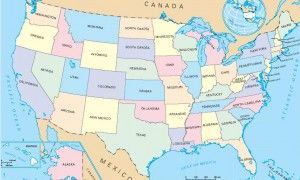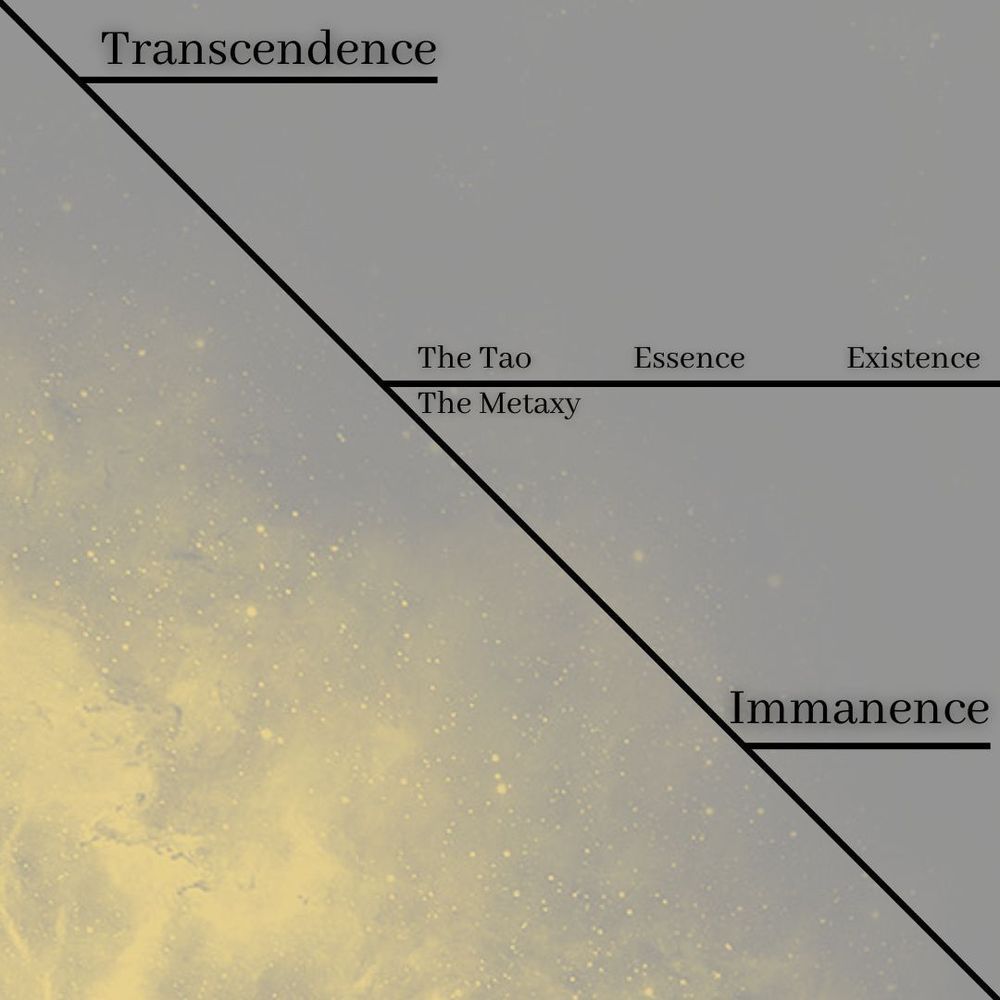
A Futuristic History
Many readers of this book have probably heard of the United States or its alternative name, "America." For many years, it reigned as the most powerful nation in the world, both economically and militarily.
Like Rome (studied in Chapter Three), historians differ about when it become the world's greatest power. All historians agree that the United States' power grew steadily from its inception in 1776, the year it gained independence from England (a country that roughly comprised the area today known as Northwest Quadrant One of the European Commonwealth–England is discussed in Chapter Nine). Most historians believe its status as the world's greatest power started in 1945, following World War II (see Chapter Twelve), but some say it didn't gain absolute power until 1991 and the fall of the world's other great power at that time, the United Soviet Socialist Republic.
Historians are even more divided with regard to when the United States' status as the world's greatest power ended. Like Rome, it was a series of events, rather than a massive fall, that brought it to an end.
In order to understand the end of the United States–and, more importantly, to help the reader form an intelligent opinion about when the United States ended and what lessons can be drawn from its fall–it is first necessary to understand why the United States deserves its own chapter in a world history book.
A Great Experiment
At its inception, the United States was a terribly unique experiment. It sought to combine effectively two opposing, yet desirable, societal characteristics: freedom and order.
It is crucial to understand this goal if the student hopes to have any understanding about what brought about the United States' demise. Although historians differ about the final causes of the United States fall, all agree that the United States flourished when these two characteristics were effectively hinged together and that the final causes were brought about when these two characteristics ceased to work with each other but instead warred against each other.
The Greek philosopher Plato once observed that society is man writ large. By this, Plato meant that society at large reflects the individual persons that comprise it. By illustration, if a bunch of savages live together in an isolated area, you could reasonably refer to their "nation" as a savage nation (because it is comprised of savages). If a group of individuals in an area are all tall, you could, even if it sounds humorous, refer to the resulting geo-political unit as a "tall" nation.
Those examples do not fit the United States very well because the United States was a big country with hundreds of millions of people, but the point they illustrate should be clear: A society as a whole will reflect the individuals that comprise it.
This is, of course, common sense, but various thinkers and cultures have ceased to be aware of this fact throughout history.
The founders of the United States, however, firmly understood this truth and, at the root of the souls and passions and emotions of the American people, planted the traits of freedom and order.
It was a unique experiment. Most societies throughout history have emphasized order. Order, after all, is the most necessary condition for the continued existences of any society and its culture. If a society is continually disrupted with crime, military invasions, natural disasters, or other violent forces, it cannot long exist because it will have no adhesion.
The emphasis on order, however, often deterred freedom. In the interest of maintaining security, many nations became subject to despots or other oppressive forms of government. If a person, for instance, will disrupt society through a particular idea, some governments would understandly suppress it in order to preserve the necessary condition of order. The suppression, however, would hinge on that person's freedom, as well as the freedom of society as a whole to hear that person's idea.
As the reader can see, the competing claims of order and freedom can be difficult to reconcile. Because order is the precondition to freedom (the mere existence of a society and nation presupposes a certain level of order), most cultures emphasized order, often to the detriment of freedom. Order first, freedom second.
The United States was built on the idea of a marriage between these characteristics. Order would no longer dominate freedom and freedom would no longer be subordinate to order. They would be equal.
The reader should begin to see that it was a tricky proposition. Freedom, after all, can undermine order. In the example above, if the person with the idea really will disrupt society, and he or she in the name of freedom is allowed to spread the idea, society will lose order. Indeed, if the idea is particularly dangerous, it could lose all order with the result that it is destroyed altogether, and with the further (ironic) result that the society that gave freedom to spread the idea in the first place would no longer exist and would be replaced with a society that may or may not protect freedom.
Because nations had always emphasized order over freedom, the founders of the United States were particularly anxious to make sure that freedom would be order's equal. The documents that created the ideal known as "America" and the particular country known as the "United States" were created by two documents that emphasized freedom: The Declaration of Independence and the Constitution, respectively. The Constitution (which actually devoted far more time to the order of the United States, but with a steady eye on freedom) was immediately amended with ten declarations that were almost exclusively concerned with preserving the freedom of the American people. (These documents are reproduced in Appendix 27a.)
As part of this "substantive" concurrent concern for order and freedom, the United States' founding fathers installed "procedural" devices that reflected it.
In the name of freedom, they installed a democracy, a political system that allows the people in society to vote on political matters. In the name of order, they made the Constitution the supreme law (overriding even the vote of the people, unless they could amend the Constitution with a super-majority of votes) and did not allow the people to vote directly on political matters. Rather, the founders allowed the people to vote on senators and representatives and a president, who would, in turn, cast the actual votes on political matters. The founding fathers intended that the elected leaders, by serving multi-year terms, would have the time to consider measures prudently and not be dictated by the "mob like" passions that had been known to disrupt societies throughout history. The leaders, however, could not disregard the people's wishes because their terms were limited to a particular number of years, meaning that the people would have regular opportunities to remove them from office.
Through the substance and procedure of the founding documents, the founding father's concurrent love of order and freedom was "stamped" on the mind of the young nation. Its people understood the need for order and cherished its freedoms and seemed to understand, at least implicitly, that the two must always be balanced against one another. They also understood that they were the first major culture in the history of the world to attempt such a thing and hence many early Americans viewed their country as a noble experiment.
This marriage of freedom and order, most historians agree, was the defining essence of the United States. It is also the reason the authors of this textbook have devoted an entire chapter to the United States. And in order to understand why the United States fell, it is necessary to understand the divorce of freedom and order that brought about its demise. . . .





